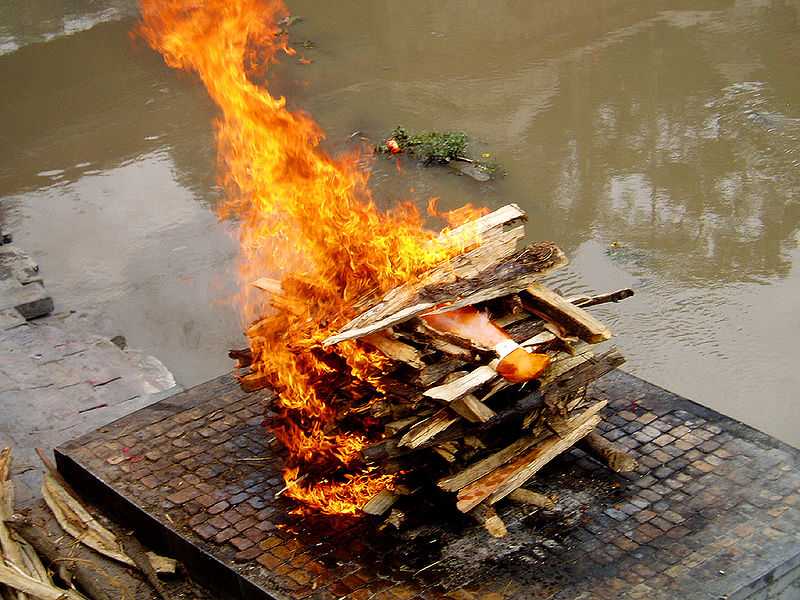As you may know, cremation is an alternative to burial for the disposition of remains. The process of cremation involves a series of steps that include:
Cremation chamber – This is where the body is placed in a container or combustible vessel and then burned at extremely high temperatures.
Cooling room – Once the body has been fully incinerated, it is transferred from the cremation chamber to this room, where it cools down before moving further along.
Cremator – In some cases, an operator will operate this machine using controls inside. Otherwise, it can be operated automatically by pressing buttons on a console or remote control device if there’s no one present.
The deceased’s body is first subjected to a heat process that reduces it to small fragments of bone. This step can take up to two hours, depending on the size and weight of the cremated person. Cremated remains are removed from the container, processed further, and returned in an urn or other receptacle for placement in storage facilities until final dispersal arrangements are made.
Here is how cremation services work.
How Cremation Works
The body is placed in a container, depending on the crematorium’s policies and the family’s wishes. Sometimes it’s even a plastic bag. If you want to be buried as close to nature as possible, your loved ones may choose to use an urn.
The container is placed inside a retort, essentially, an oven. The retort must have undergone rigorous testing to attain approval by OSHA (Occupational Safety and Health Administration) or another regulatory agency. It must maintain temperatures between 1400-1600 degrees Fahrenheit for at least two hours without exceeding 1750 degrees Fahrenheit at any point during its operating cycle. At these temperatures, water in the body turns into its gaseous state. The gases are emitted, liquids evaporate, skin peels away from the bone, and internal organs shrink down into liquid form.
The temperature of a cremation chamber is dependent on many factors, including:
- Weight of the body being cremated
- Type and size of the particular cremation machine used
- The average length of time in a modern crematory for whole bodies is about two to three hours
Due to the intense heat, bones become brittle and most break as they contract during cooling
The cremation process is, in essence, a very intense heat that causes the body’s tissues to break down and turn into ashes. Throughout this entire process, the skeletal structure remains relatively intact. But it doesn’t stay that way.
When a person has been cremated, their bones become brittle and break as they contract due to the intense heat. This happens because bone tissue is composed of collagen proteins sensitive to temperature changes. They lose their ability to stretch before contracting when heated up. Without the support provided by muscles, tendons, and ligaments, these proteins break down easily into ash.
What Happens If Any Metals are Left After Cremation?
Any metal pieces left after the cremation are removed and recycled or melted down and reused. During this process, ashes can sometimes become mixed with metals if they were not completely separated before being placed in the cremation chamber.
In some cases, family members want to keep a loved one’s ashes after being scattered or buried in a cemetery plot. If that’s not possible, in cases where no surviving family members can take possession of them, a funeral home may ask whether you’d like them to “keepsake” your loved one’s cremains. In this case, the funeral home will seal the urn and place it somewhere safe until such time as a new owner step forward for its custody.
Several factors can affect how long it takes for a body to be consumed entirely:
The size of the cremation chamber and its ability to retain heat contribute significantly to how quickly a corpse is reduced down into ashes. While larger chambers usually allow faster burning times due to their greater capacity for retaining heat over smaller ones, even small-scale models will offer much faster rates than open-air methods like burial or sky burials. The fuel used also plays a vital role in determining how quickly your loved one is reduced into ashes.
Finally, the amount of time needed for the actual cremation process varies by facility, but most modern furnaces require less than three hours from start to finish.


Comments are closed.